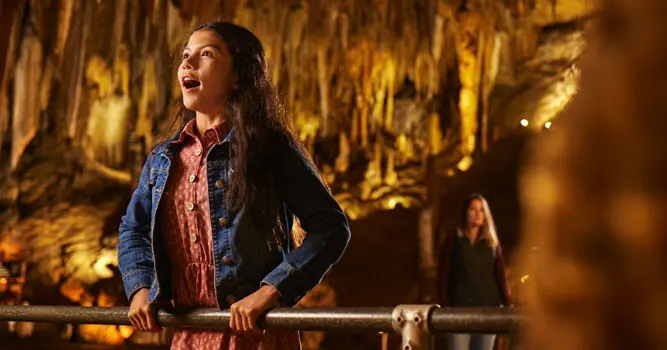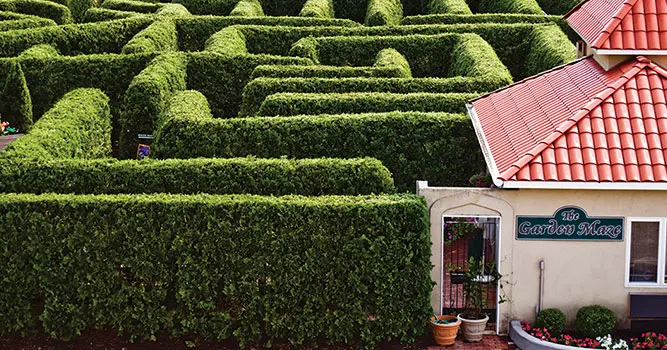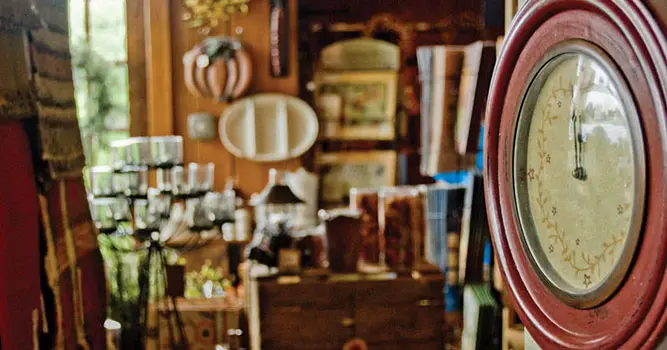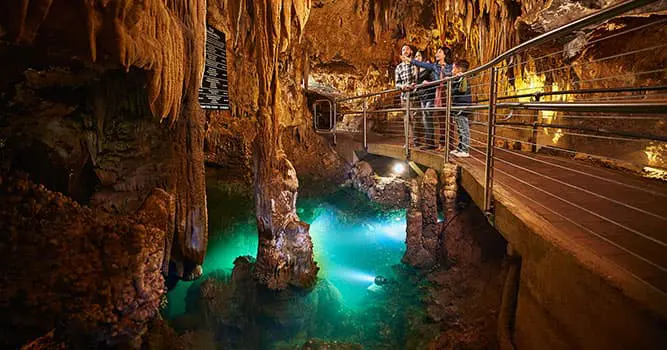The Great Stalacpipe Organ in Luray Caverns was invented in 1954 by Mr. Leland W. Sprinkle of Springfield, Virginia, who worked at the Pentagon as a mathematician and electronics scientist.
During a tour of this world-famous natural wonder, Mr. Sprinkle watched in awe, which was still customary at the time, as a tour guide tapped the ancient stone formations with a small mallet, producing a musical tone. Mr. Sprinkle was greatly inspired by this demonstration and the idea for a most unique instrument was conceived.
He began his monumental three-year project by searching the vast chambers of the caverns, with the aid of 13 English tuning forks, tapping potential formations. Stalactites were selected from over 3 ½ acres of the caverns and painstakingly altered to precisely match the tone needed to become part of what would eventually become the world’s largest musical instrument.
Electronic mallets were wired throughout the caverns and connected to a large four-manual console. When a key is depressed, a tone occurs as the rubber-tipped plunger strikes the stalactite tuned to concert pitch.
Today, the organ is played by activating an automated system which works in a manner like a child’s music box. The organ is also fully capable of being played manually, as Leland Sprinkle did for many years.
The Great Stalacpipe Organ has received the notoriety of several national organizations and media such as National Public Radio, ABC’s Good Morning America, Voice of America and Mister Rogers’ Neighborhood.





